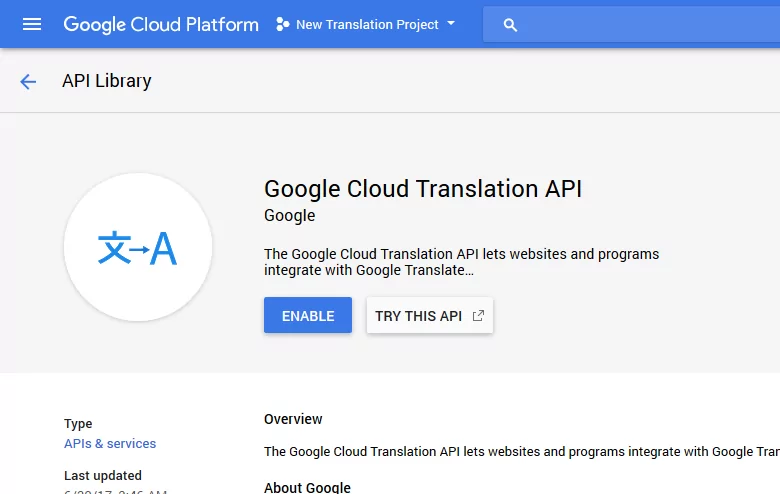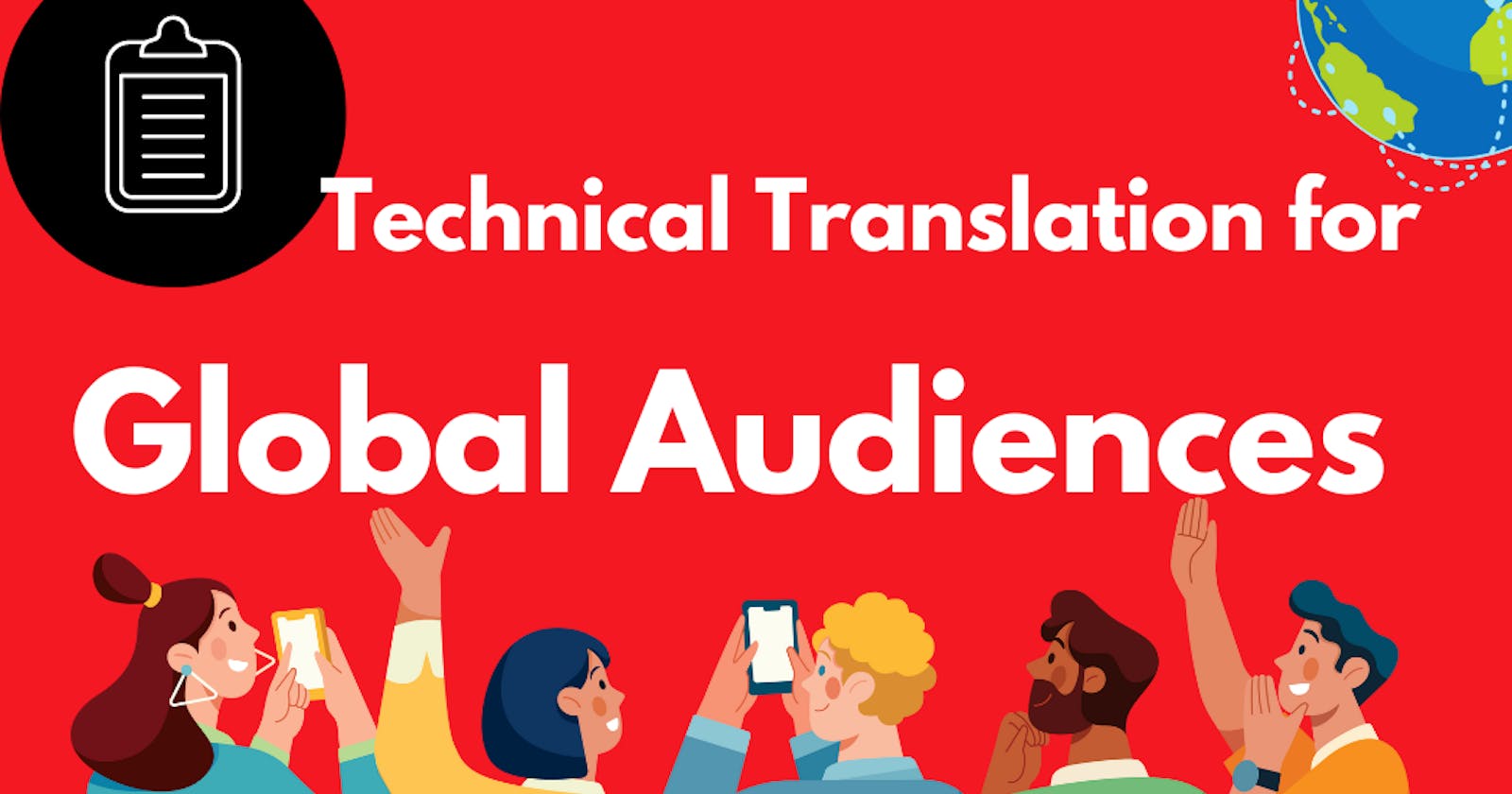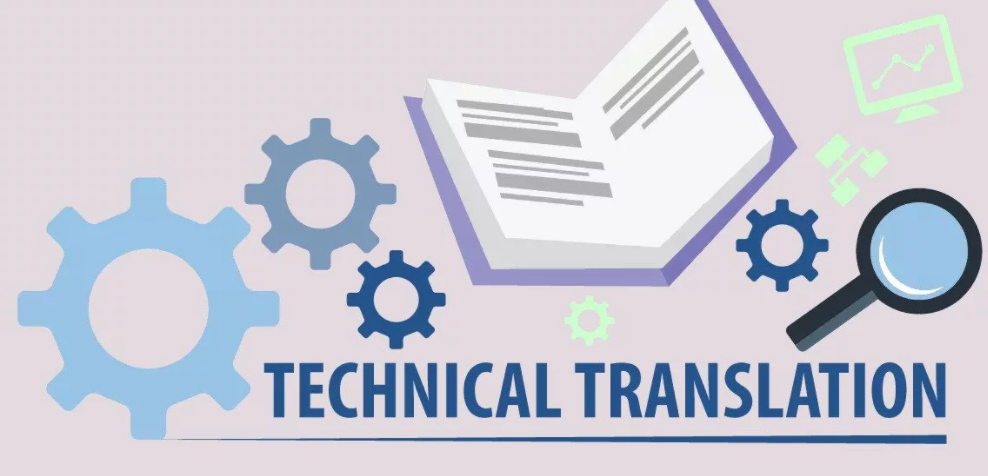In today's interconnected world, technical documentation plays a crucial role in facilitating the dissemination of information among global audiences.
Clear and concise technical documentation is essential for successful project delivery. User manuals,guides, API documentation, and tutorials are all important forms of technical documentation that provide valuable knowledge and guidance.
Without proper documentation, projects may face delays and errors.
Invest in comprehensive technical documentation to save time, money and resources in the long run.
Translating documentation for different audiences can be a challenging task, as it is prone to various difficulties and obstacles.
In this article we will delve into the significance of technical documentation in the global context, the challenges faced by translators, some of the best practices and also the tools and technologies available to streamline the translation process
Understanding the Global Audience
Acknowledging the diversity of global audiences is paramount. Global audiences vary not only in language but also in cultural nuances, regional preferences, and expectations.
Cultural differences can impact how information is perceived, understood, and interpreted.
In Western cultures, the "thumbs-up" icon is commonly associated with approval or agreement. However, the thumbs-up gesture can be interpreted as rude or offensive in some Middle Eastern cultures.
Regional differences in user expectations underscore the need for tailored documentation strategies. For instance:
In Africa, users may prioritize: Accessible customer support channels, including phone support, email correspondence, and localized help documentation in languages commonly spoken in the region
In the UK, users may expect online chat support
Audience preferences for documentation formats, delivery methods, and interaction styles shape the design and presentation of technical documentation.
- For instance, in a developer's context, developers may require integration with popular documentation platforms like GitHub with features like code samples, and interactive demos to streamline their workflow.
Challenges in Translating Technical Documentation
When it comes to translating technical documentation, several obstacles require a lot of attention and expertise. Some of the challenges include:
Technical terminology: To convey complex concepts and terms accurately, translators must understand the subject matter in-depth.
Cultural sensitivity: Technical documentation must be culturally sensitive to connect with diverse audiences. Translators need to consider cultural norms and sensitivities to maintain authenticity and relevance.
Language variations: Language syntax, grammar, and vocabulary differences can complicate the translation process. To produce content that is clear and easily understandable, translators must take into account regional differences.
Idiomatic expressions: Culture-specific idiomatic expressions and colloquialisms can be difficult to translate. Translators must find equivalent expressions that convey the intended meaning accurately.
Local context: Translators must adapt content to align with regional conventions and industry standards to ensure clarity and relevance.
Tools and Technologies for Translation
Translation tools, software, and platforms are essential in optimizing the translation process, making it more efficient, accurate, and affordable. These tools use different technologies to aid translators and language experts in their tasks.
Machine Translation (MT): Machine translation involves using computer algorithms to automatically translate text from one language to another.

Recent advances in artificial intelligence and neural machine translation have significantly enhanced the quality of translation. Popular machine translation services include Google Translate and Microsoft Translator
Computer-Assisted Translation (CAT) Tools: CAT tools are software applications designed to assist human translators in their work. Examples of CAT tools include SDL Trados Studio, MemoQ, Wordfast, and OmegaT.
Translation Memory (TM): is a database that stores previously translated segments of text, along with their corresponding source and target language pairs, to suggest the previously translated equivalent, saving time and ensuring consistency.
Translation APIs and Integration: Translation APIs enable developers to integrate translation functionality directly into their applications, websites, or content management systems. Commonly used in e-commerce platforms, content management systems, and mobile applications to support multilingual content.

Best Practices for Translating Technical Documentation
Content Preparation
- Prepare documentation for translation by ensuring clarity in writing, maintaining consistent terminology, and organizing content into modular units. Clear and concise writing facilitates accurate translation and enhances comprehension across languages.
Localization
- It is important to customize content to match the regional preferences, cultural norms, and legal requirements of the target audience. Simply translating the content is not enough, as cultural adaptation is necessary to ensure that the content connects with users from various linguistic and cultural backgrounds.

Collaboration with Translators
- Foster effective collaboration with translators by providing clear instructions, comprehensive context, reference materials, and clarification opportunities that align with the original intent for high-quality translations.
Quality Assurance
- Implement systematic review procedures, including proofreading, linguistic validation, and user testing, we ensure translation quality, consistency, and accuracy and identify and rectify errors, ensuring that translated content meets the highest standards of excellence and reliability.
Conclusion
To sum it up, by leveraging the right tools and technologies, organizations can effectively communicate with diverse audiences across the globe, fostering inclusivity and promoting cross-cultural understanding.
Reach Us
Follow us and subscribe to these platforms: Linkedin, X(Twitter), Slack, YouTube and Hashnode.


